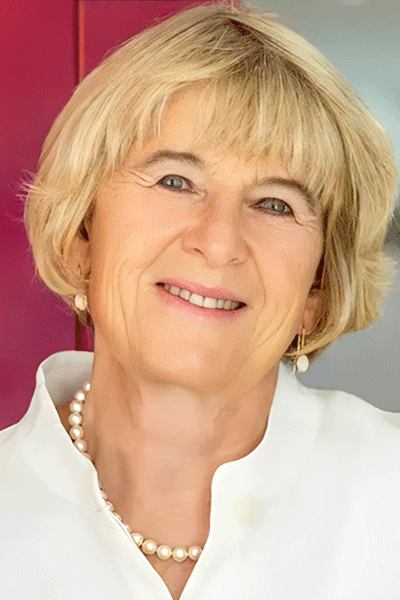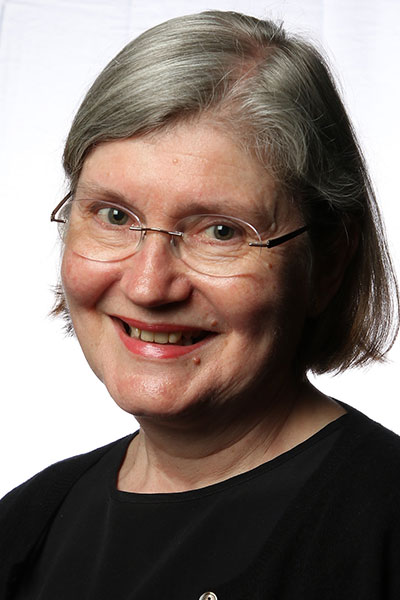A joint symposium of the American Diabetes Association® (ADA) and the JDRF featured a panel of experts from three different regions of the world who discussed type 1 population studies and diabetes screening programs in their countries.

During the session, Joint ADA/JDRF Symposium—Global Perspective on Population Level Type 1 Diabetes Screening and Monitoring, Anette-Gabriele Ziegler, MD, Professor and Director of the Institute of Diabetes Research at Helmholtz Center Munich and Technical University in Germany, discussed findings from a public health screening study (Fr1da) for early stages of type 1 diabetes that was launched in the Bavaria region of Germany in 2015.
Among the aims of the study is to determine the optimal screening age for children who are genetically at risk for developing type 1 diabetes.
“In around 80% of children and adolescents who develop type 1 diabetes by age 15, they have actually already developed their antibodies within the first six years of life,” Dr. Ziegler said. “This is why, in our study, we determined screening around this age is probably most efficient, and we started with 2 to 5 years for one-off screening. If you can do two screens, the best screening age is 2 and 6 years, and you will have about 80% of all children who will develop diabetes.”
Subsequent studies have shown the highest sensitivity for type 1 diabetes screening is at age 4 years, she noted.
“The benefit of early diagnosis is, of course, access to preventive therapies, but it has also clearly been shown in many studies that you can reduce the risk for diabetic ketoacidosis (DKA),” Dr. Ziegler said. “When the children are diagnosed early with the disease, you also have improved life quality, reduced psychological stress, and a very smooth transition to insulin therapy at the right time.”

Sharing the U.S. perspective on type 1 diabetes screening, Cristy Geno Rasmussen, PhD, MPH, Assistant Professor at the University of Colorado and Barbara Davis Center for Diabetes, talked about the Autoimmunity Screening for Kids (ASK) study and screening initiative, which to date has screened more than 33,000 children, ages 1-17, for stage 1 and stage 2 type 1 diabetes. The initiative has expanded from earlier studies focused on high-risk populations to bringing type 1 diabetes screening to the general population.
“Growing access and ease of screening to identify individuals at high risk of developing type 1 diabetes, supported by a collaborative monitoring model, can prevent DKA at onset of disease, reduce associated health complications over the life course, lessen personal, provider, institutional, and financial burden associated with type 1 diabetes, and even delay onset of disease,” Dr. Rasmussen said.
As screening efforts increase nationally, she said that tailored approaches to various clinics, systems, providers, families, and communities are needed to ensure the greatest reach to identify both children and adults who are at risk for type 1 diabetes.
“In ASK, we are currently working to refine our use of electronic medical record systems and utilizing telehealth to ensure we are adequately communicating with our provider partners and the families we serve and reaching those in need,” Dr. Rasmussen said. “Our ultimate goal is to work toward the adoption of universal screening, which becomes standard of care.”

Riitta Veijola, MD, PhD, Professor, Department of Pediatrics, at the University of Oulu in Finland, concluded the symposium with a discussion of type 1 diabetes screening efforts in Northern Europe, including findings from a Finnish study that included more than 24,000 children who had been followed prospectively since their infancy.
“Our aim was to test what would be the optimal screening ages in this genetically at-risk cohort to measure islet autoantibodies and perhaps reflect that information to the general population,” Dr. Veijola said. “It was found that measuring islet autoantibodies just at two ages — 2 years and 6 years — was very effective to identify the vast majority of children developing type 1 diabetes by age 15 years, with sensitivity being more than 80%.”
While the findings were similar to the findings reported by Dr. Ziegler in the German study, Dr. Veijola said optimal screening ages may vary by country and geographical regions.
“In Scandinavian countries, screening for islet autoimmunity in the general childhood population has just taken the first steps, but prospective birth cohort studies following children who are genetically at risk for type 1 diabetes have provided and will continue to provide data and experience that can be utilized in population-based large-scale screening studies and programs,” Dr. Veijola said.